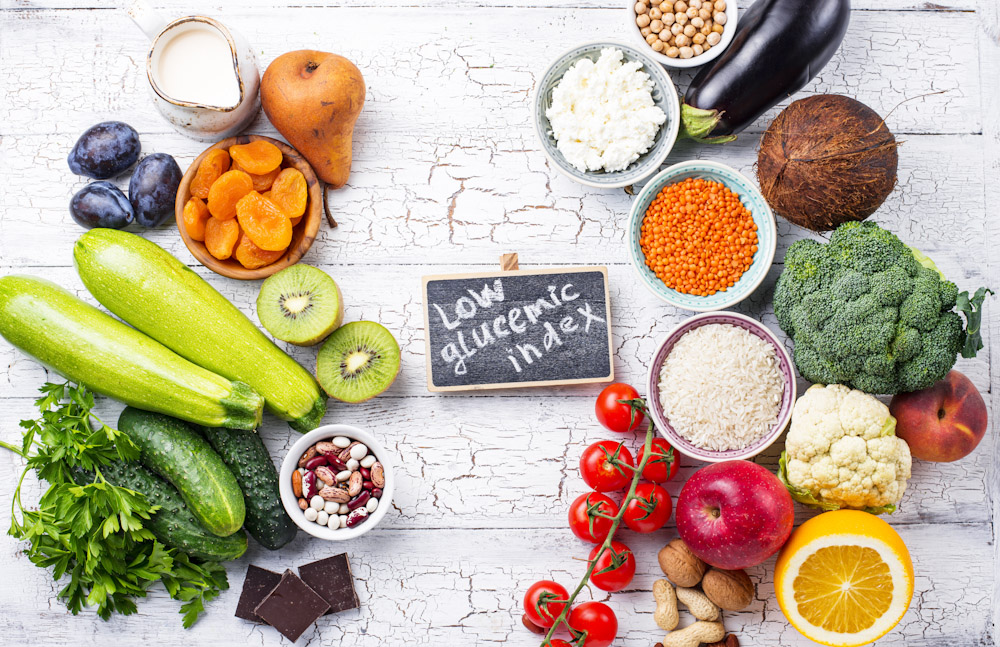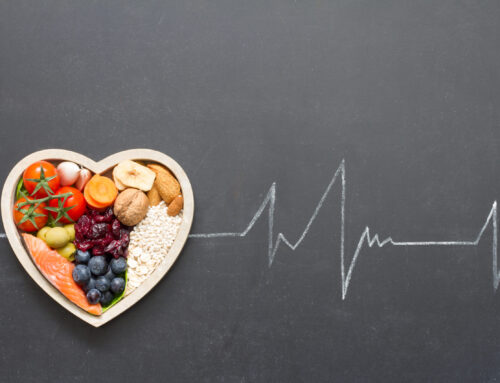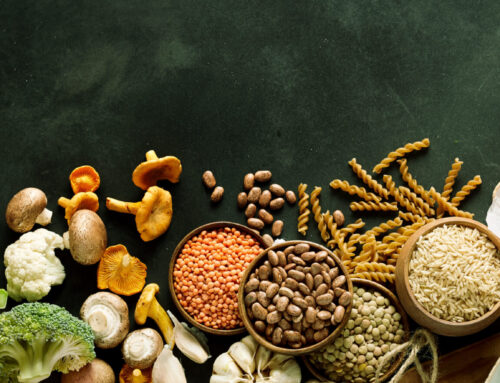The Glycemic index is a common tool that is used to encourage the management of blood sugar. But to understand this index, we first need to know how blood sugar affects the body and why it is important to control it.
Blood Sugar Basics
Blood sugar, also known as blood glucose is a vital energy source for our cells. This complex compound is sourced from the food we eat and influences most all of our body’s functions.
Working in tandem with our body’s blood sugar is insulin, a hormone that helps our cells efficiently use blood sugar for energy. Produced in the pancreas, this substance is important in helping us maintain stable energy levels and overall health.
Diabetes is a disease that affects the body’s ability to produce or respond correctly to insulin which results in the abnormal metabolism of carbohydrates and elevated levels of glucose in the blood and urine. Type 2 diabetes, a condition affecting nearly 10 percent of Americans can be largely prevented if blood sugar is properly managed over time. For this reason, the Glycemic Index certainly comes in handy.
Carbs Are Sugars
When we talk about the foods that our bodies draw energy from in the form of blood sugar, we are talking about carbs. Studies show that eating certain carbs in excess can lead to weight gain and the ultimate development of insulin insensitivity. In other words, poor carb choices can potentially lead to type 2 diabetes.
But now for the golden question: what are ‘good carbs’ and what are ‘bad carbs’?
Well, when it comes to carbohydrates for nutrition, it is good to think of choices in terms of ‘poor’, ‘better’, and ‘optimal’. This is where the Glycemic Index comes into play.
The Index
As prefaced above, the Glycemic Index is a helpful value that is used to measure how much certain foods, particularly carbohydrates, affect blood sugar. Foods can be categorized as either low, medium, or high on this index. Here is a look at some common food classifications according to the 3 Glycemic Index ratings. For purposes of organization, we will create 5 food subcategories, namely, fruits, vegetables, grains, bread, and snacks.
Low (55 or less)
Fruits: apples, apricots, blueberries, cranberries, grapefruit, peaches, plums, tangerines
Vegetables: asparagus, artichoke, avocado, broccoli, cauliflower, cucumber, greens
Grains: barley, rye, wild rice, wheat pasta
Bread: flax bread, oat bran, wheat pita bread, rye bread
Snacks: almonds, peanuts, greek yogurt, hummus
Medium (56-69)
Fruits: banana, grapes, mango, kiwi, oranges
Vegetables: beets, carrots, sweet potato, yams, corn on the cob
Grains: cornmeal, brown and white rice, couscous
Bread: normal pita, wheat bread, pumpernickel bread, high fiber bread
Snacks: chocolate (cocoa), bran muffins, popcorn
High (70 or above)
Fruits: watermelon, pineapple
Vegetables: most canned/frozen corn, potatoes, winter squash
Grains: most instant rice, tapioca
Bread: white bread, bagels, dinner rolls, baguette
Snacks: candy, crackers, chips cookies
Choose Wisely
Although the occasional bag of chips or cookie can be a good treat, it is best to select foods that rank low on the glycemic index. These foods promote good health and can help ward off unwanted weight gain and the ultimate development of type 2 diabetes. In addition, due to the complexity of the sugar molecules, foods that rank low on the glycemic index often provide longer-lasting energy, keeping you sustained for longer periods of time.
At Total Health and fitness, we customize nutrition plans, focusing on foods that will keep your energy levels where they need to be while helping you reach and maintain a healthy body weight. Together, with proper exercise and nutrition, can prevent the onset of type 2 diabetes. For more information, don’t hesitate to contact us today.








